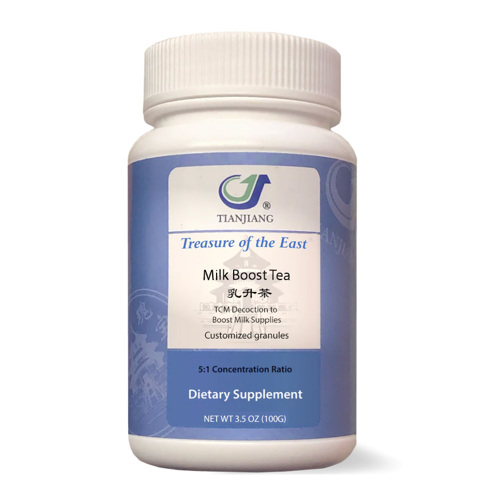This article is part of a series on using breastfeeding as birth control.
I heard of LAM as a birth control method: how do I make it work?
Q: I gave birth a few months ago and I heard of LAM as a birth control method. However my lactation consultant you need to be very strict in your breastfeeding to make it work. What exactly should I do to make sure it's effective?
A: The lactational amenorrhea method (LAM) states that to be sure you can't get pregnant you need to meet all the following criteria:
- your baby is under 6 months
- you don't have you periods
- you practise exclusive or quasi-exclusive breastfeeding on demand, day and night
The third condition is often discounted, some mothers wrongly think that they can just breastfeed occasionally and be protected. This is not true. In fact you might even manage to stretch the effectiveness of LAM beyond 6 months if you apply condition number 3 religiously.
Here is what you can do to make LAM as effective as possible:
1) Produce a high volume of breast milk at a high frequency
This means that you need to practice exclusive breastfeeding. In other words your baby should only receive breastmilk. No other liquid (even water) or solids should be given (with a few obvious exception, like medicine if prescribed). Please refer to our feeding guide by age to get an idea of the volumes you should expect depending on the baby's age.


Producing a high volume of milk might be difficult for some women. We find Milk Boost Tea to be a considerable help if that's your case. It's a 100% natural herbal tea designed to help you boost your milk volume as well as the quality of your breast milk.
2) Breastfeed day and night
It's important you do not skip night feedings. Any long period of time without feedings decreases the effectiveness of LAM.
3) Stay next to your baby
A study on the efficacy of LAM among working women found that LAM's effectiveness decreases among women who go back to work after 4 months. It makes sense, if you're at work it means you don't breastfeed during large periods during the day. That decreases the effectiveness of LAM.
4) Ensure there aren't any abrupt changes to your breastfeeding pattern
An abrupt change would, for instance, be to completely stop breastfeeding during mornings from one day to the other.
Your body has a lot of inertia and abrupt changes induce shocks that are detrimental to LAM's effectiveness. If you have to introduce a change, do it gradually, over several days or even weeks.
This, by the way, is good advice not only to ensure LAM's effectiveness but also to prevent engorgement and clogged ducts. Engorged breasts are commonly caused by abrupt changes in one's breastfeeding pattern.
5) Favor direct breastfeeding over pumping
Baby's direct suckling sends a stronger signal to the brain than pumping when it comes to producing hormones that help LAM's effectiveness.
You might also be interested by the other articles in our series about using breastfeeding as birth control:
- Does breastfeeding stop you getting pregnant?
- Can I be fertile if I breastfeed and I don't have periods?
- When will I be fertile again if I breastfeed?
- How can I get pregnant while breastfeeding?
- The benefits of breastfeeding as birth control
- Does breastfeeding prevent ovulation?
- Does breastfeeding prevent periods?

